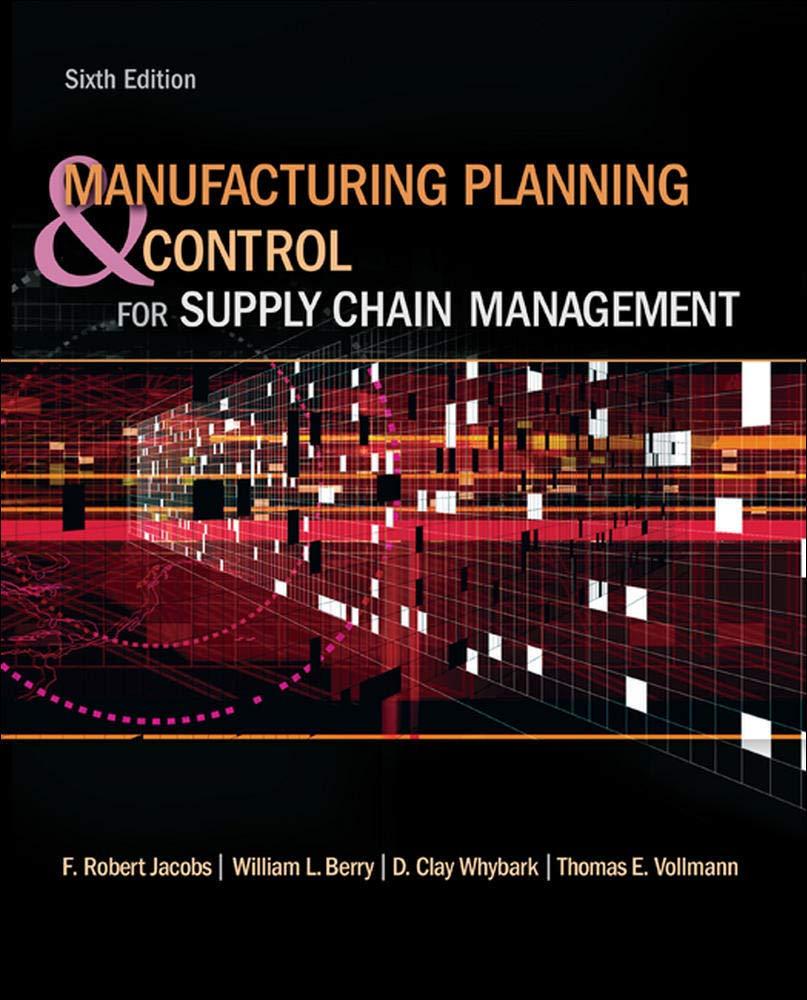Answered step by step
Verified Expert Solution
Question
1 Approved Answer
UNIT V STUDY GUIDE Leadership in Varying Situations: A Look at Different Theories Course Learning Outcomes for Unit V Reading Assignment Upon completion of this
UNIT V STUDY GUIDE Leadership in Varying Situations: A Look at Different Theories Course Learning Outcomes for Unit V Reading Assignment Upon completion of this unit, students should be able to: 7. Explain the path-goal theory of leadership effectiveness and assess how the situational leadership model differs from the normative decision model. 7.1 Summarize how you have used a leadership theory to lead during a crisis. 7.2 Summarize the contingency leadership theory. Chapter 5: Contingency and Situational Leadership, pp. 141-167 Key Terms Unit Lesson 1. Fiedler's contingency theory 2. Normative decision model 3. Path-goal theory 4. Situational leadership The old adage \"situation dictates\" is applicable in this unit. However, there are two main theories at stake here. Very similar to the \"nature/nurture\" conversations that have been present in many different subjects. Here, we explore whether or not leadership behaviors are the result of a situation or leadership behaviors help shape the outcome of a situation. Perhaps the truth, just like nature and nurture, lies somewhere in between the two theories. With contingency theory and path goal theory, the situation is what will decide the behavior that the leader will choose. In contrast, situational leadership and normative decision models focus on how a leader will motivate his or her followers during a particular situation. These theories are follower-based instead of being situation-based like the previous two. In regards to implementing contingency theory, the manager must be flexible enough to avoid clinging to old ideas that are no longer aligned to current situations or circumstances. Basically, effective leaders understand the importance of being flexible and willing to motivate others to work cohesively and collectively to reach a common goal. Moreover, organizational effectiveness is directly effected by situational factors that the leader has no control over. However, the leader must know how to react or respond to a wide variety of situations as a person of position who has a sense of power over others. For the most part, situations shape how leaders behave, and they also influence the consequences of leader behavior. Being that each day is generally different for any given leader, flexibility and an open-minded attitude is critical. Often times, leaders are faced with a crisis situation, and it is imperative that they (a) are decisive, (b) lead with compassion, (c) display optimism, and (d) understand how to be transformational. A significant way for leaders to practice contingency leadership is to explore research-based evidence about the best way to deal with a given situation. Therefore, evidence-based leadership or management is utilized more appropriately in the work setting. MSL 6040, Current Issues in Leadership 1
Step by Step Solution
There are 3 Steps involved in it
Step: 1

Get Instant Access to Expert-Tailored Solutions
See step-by-step solutions with expert insights and AI powered tools for academic success
Step: 2

Step: 3

Ace Your Homework with AI
Get the answers you need in no time with our AI-driven, step-by-step assistance
Get Started


